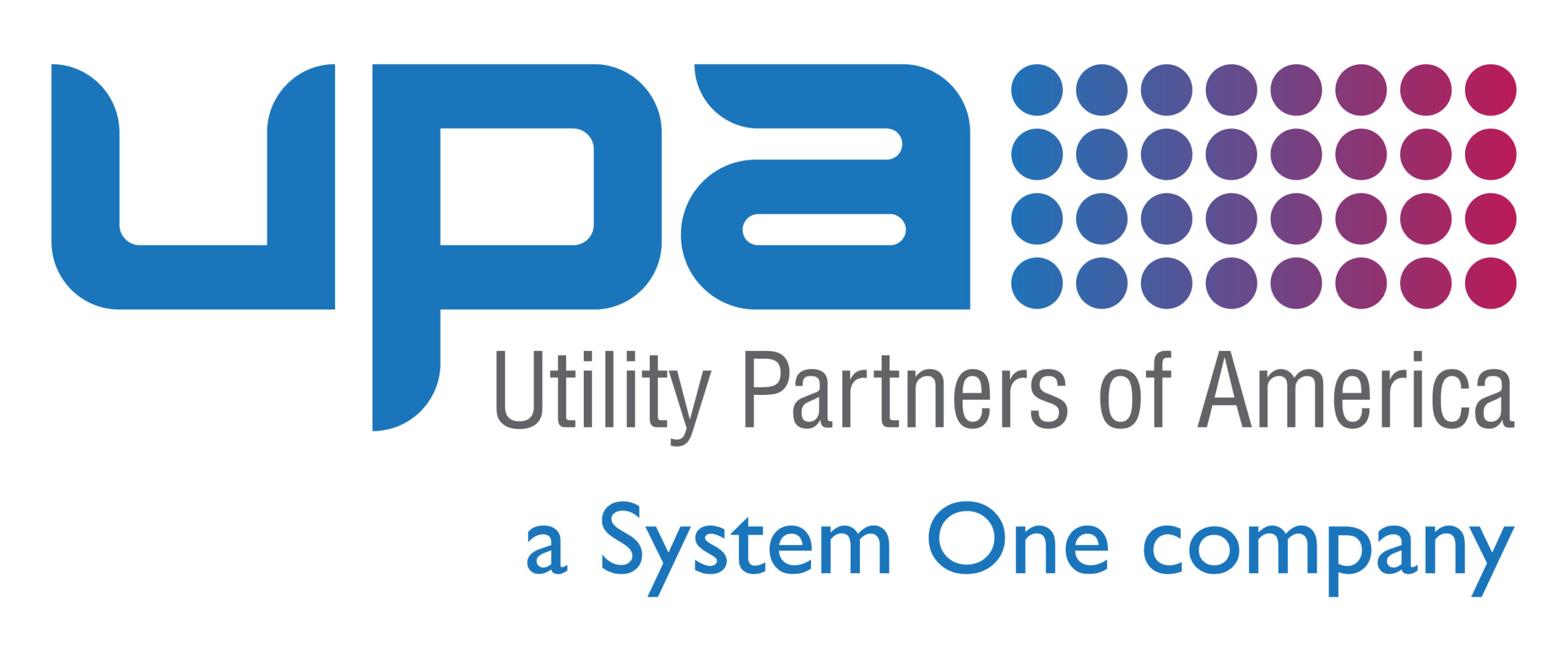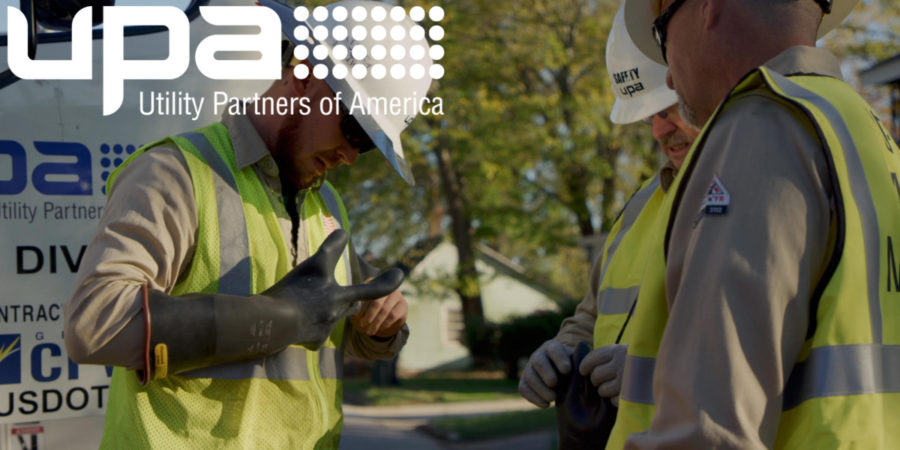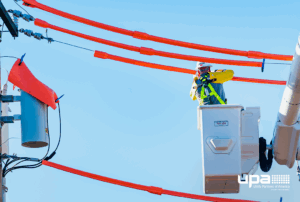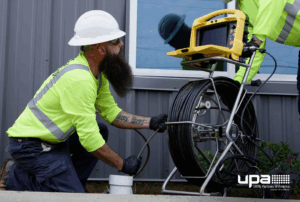“Better safe than sorry” has never meant more than it does when you’re working with dangerous equipment and materials. For a lot of utility workers, that’s a daily occurrence. Fortunately, these workers have personal protective equipment (PPE) on their side. The Occupational Safety and Health Administration (OSHA) has specific requirements for PPE. For example, employers must identify and control physical and health hazards and provide employees with proper PPE for the job. But having PPE on hand is only half the equation. Today, we’ll discuss why PPE inspections are so essential and what should go into a PPE inspection policy.
What does PPE do for employees?
The obvious answer here is that PPE keeps employees safe, but it’s deeper than that. PPE provides a barrier between hazardous materials or environments and employees. Unfortunately, accidents can happen; but fortunately, the risk of negative outcomes due to accidents is greatly minimized by wearing PPE. Examples of PPE include gloves, safety glasses, steel-toed shoes, earplugs, hard hats, reflective vests, safety harnesses, and more. Your employees’ specific PPE will largely depend on their roles and responsibilities.
Related: On Board With a Safety Culture? 5 Tips To Make it Stick
When to conduct PPE inspections
OSHA recommends that employees inspect PPE daily prior to use, explicitly mentioning items like protective footwear, gloves, and headgear. This assessment should include a visual inspection to confirm there are no rips, tears, holes, loose materials, or vulnerabilities that may impact the integrity of the PPE. For employees working at heights that constitute a fall risk, test safety harnesses to ensure the webbing of the harness remains intact.
Companies and utilities should perform a comprehensive check of all company-wide PPE on a regular basis; replace equipment that may present a danger to employees, and ensure that equipment on hand fulfills the latest safety requirements. When it’s not in use, store PPE away from harsh weather or chemicals. Doing so can go a long way toward extending the lifespan of PPE.
Related: Material Management: Why It’s Important and How UPA Can Help
How to know if PPE needs replacing
In addition to the rips, tears, and holes mentioned above, you might find dents or sagging materials in a hard hat, cracked eyewear, or vests on which the reflective materials have peeled off. Manufacturers of many forms of PPE will also provide recommendations on the lifespan of their products. PPE with compromised integrity or efficacy should be replaced.
Related: OSHA and Beyond: Keep Employees Safe in the Field
In the literature on the importance of PPE, OSHA suggests protective gloves should be inspected before each use to ensure that they are not torn, punctured, or made ineffective in any way. Additionally, OSHA recommends that any hard hats with perforation, cracking, deformity of the brim or shell, or an indication of exposure to heat, chemicals, or radiation should be removed from use and discarded. Employees and utilities should always err on the side of caution when it comes to deciding if PPE is in the right condition for use. When in doubt, replace it. The safety of employees depends on it.
Related: 3 Keys to Lineworker Safety
Have questions about your PPE inspection plan? We have more than two decades of experience working with utilities like yours and would be happy to help. Contact us or call (888) 667-1411 today.




